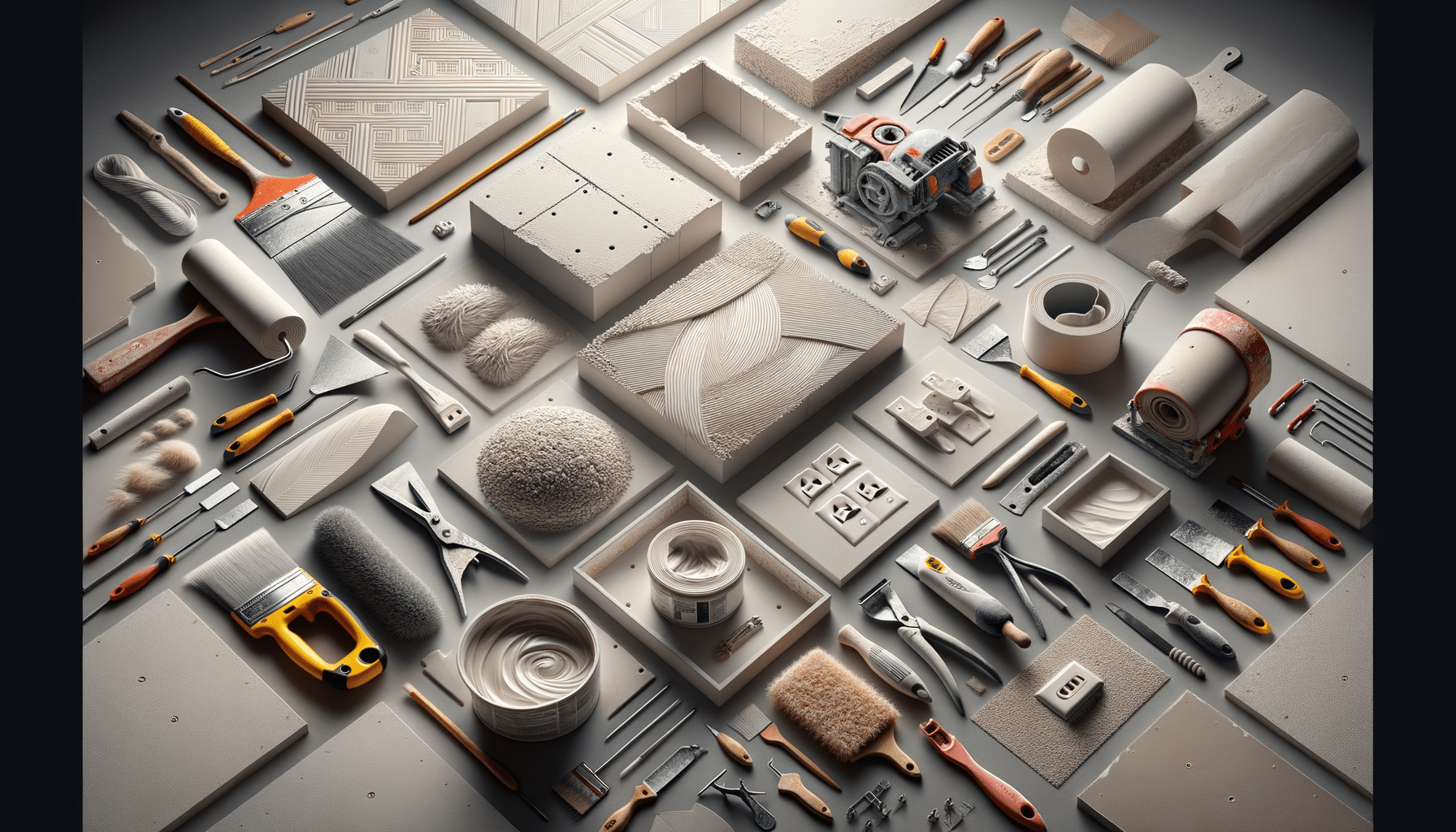A Comprehensive Exploration of Drywall Services
Drywall, an essential component in contemporary construction, provides both visual charm and practical functionality.

The Evolution of Drywall: A Historical Perspective
Drywall, also known as gypsum board, has a fascinating history that dates back to the early 20th century. Initially introduced as an alternative to traditional plaster, drywall quickly gained popularity due to its ease of installation and cost-effectiveness. The material is composed of gypsum plaster sandwiched between two thick sheets of paper, offering a smooth, paintable surface. Over the decades, drywall has evolved to include various types, such as moisture-resistant and fire-rated options, catering to diverse construction needs.
The shift from plaster to drywall revolutionized the construction industry. It reduced labor costs and time, making it a preferred choice for builders and homeowners alike. The development of drywall also paralleled advancements in building codes and safety standards, further enhancing its appeal. As urbanization and the demand for quick construction solutions grew, drywall became an integral part of modern architecture, symbolizing efficiency and innovation.
The Science Behind Drywall: Composition and Properties
Understanding the composition of drywall is crucial to appreciating its versatility. The core of drywall is gypsum, a naturally occurring mineral known for its fire-resistant properties. This makes drywall an excellent choice for creating safe living and working environments. The paper layers that encase the gypsum add structural strength and provide a smooth surface for finishing.
Several types of drywall are available to meet specific requirements:
- Standard Drywall: Ideal for most interior walls and ceilings.
- Moisture-Resistant Drywall: Suitable for areas prone to humidity, such as bathrooms and kitchens.
- Fire-Rated Drywall: Designed to enhance fire resistance, often used in commercial buildings.
- Soundproof Drywall: Contains additional layers to reduce noise transmission.
The properties of drywall, such as its thermal insulation and acoustic control, depend on its composition and the additives used. These characteristics make drywall a versatile material, adaptable to various construction demands while maintaining safety and comfort.
Installation Techniques: The Art of Drywalling
Installing drywall is both an art and a science, requiring precision and skill. The process begins with measuring and cutting the drywall panels to fit the designated space. Proper alignment and fastening are crucial to ensure a seamless finish. The joints between panels are then taped and covered with joint compound, also known as mud, to create a smooth, continuous surface.
Several techniques enhance the quality of drywall installation:
- Feathering: Gradually thinning the joint compound to blend the edges with the surrounding surface.
- Texturing: Adding decorative patterns to the surface using various tools and techniques.
- Sanding: Smoothing the surface after the joint compound has dried to achieve a flawless finish.
Drywall installation requires attention to detail and an understanding of the material’s properties. Skilled installers can transform a bare frame into a polished space, showcasing the versatility and aesthetic potential of drywall.
Common Drywall Issues and Solutions
Despite its many advantages, drywall can encounter issues that require attention. Common problems include cracks, dents, and water damage. Understanding these issues and their solutions is essential for maintaining the integrity and appearance of drywall surfaces.
Cracks: Often caused by structural movement or settling, cracks can be repaired by applying joint compound and reinforcing tape. Ensuring the building’s structural stability can prevent future occurrences.
Dents and Holes: These can result from accidental impacts. Small dents can be filled with joint compound, while larger holes may require patching with a new piece of drywall.
Water Damage: Moisture can lead to staining and weakening of the drywall. Identifying and addressing the source of moisture is crucial, followed by replacing the affected drywall section.
Regular maintenance and prompt repairs can extend the lifespan of drywall, preserving its aesthetic and functional qualities. Homeowners and builders should be proactive in addressing these issues to ensure the longevity of their drywall installations.
The Future of Drywall: Innovations and Trends
The drywall industry is continuously evolving, with innovations aimed at enhancing performance and sustainability. Manufacturers are exploring eco-friendly materials and production methods to reduce environmental impact. Recycled and biodegradable drywall options are gaining traction, aligning with the growing demand for sustainable construction practices.
Technological advancements are also shaping the future of drywall. Smart drywall, integrated with sensors and electronics, offers new possibilities for home automation and energy efficiency. These innovations promise to revolutionize the way we interact with our living spaces, making them more responsive and adaptable to our needs.
As the construction industry embraces change, drywall will continue to play a pivotal role in shaping modern architecture. Its adaptability and potential for innovation ensure that drywall remains a cornerstone of building practices, ready to meet the challenges of the future.